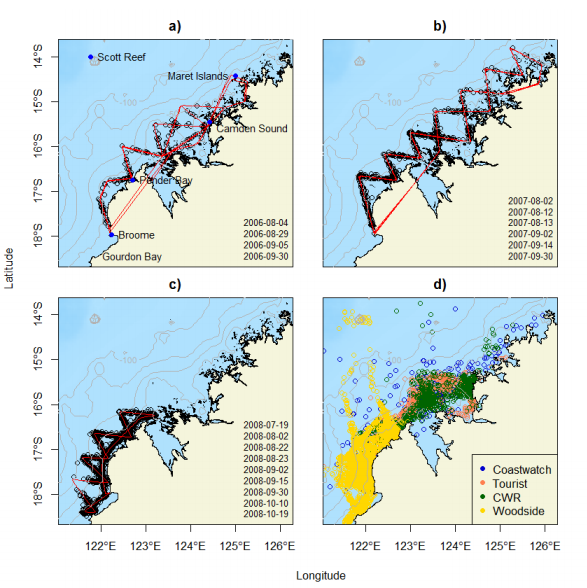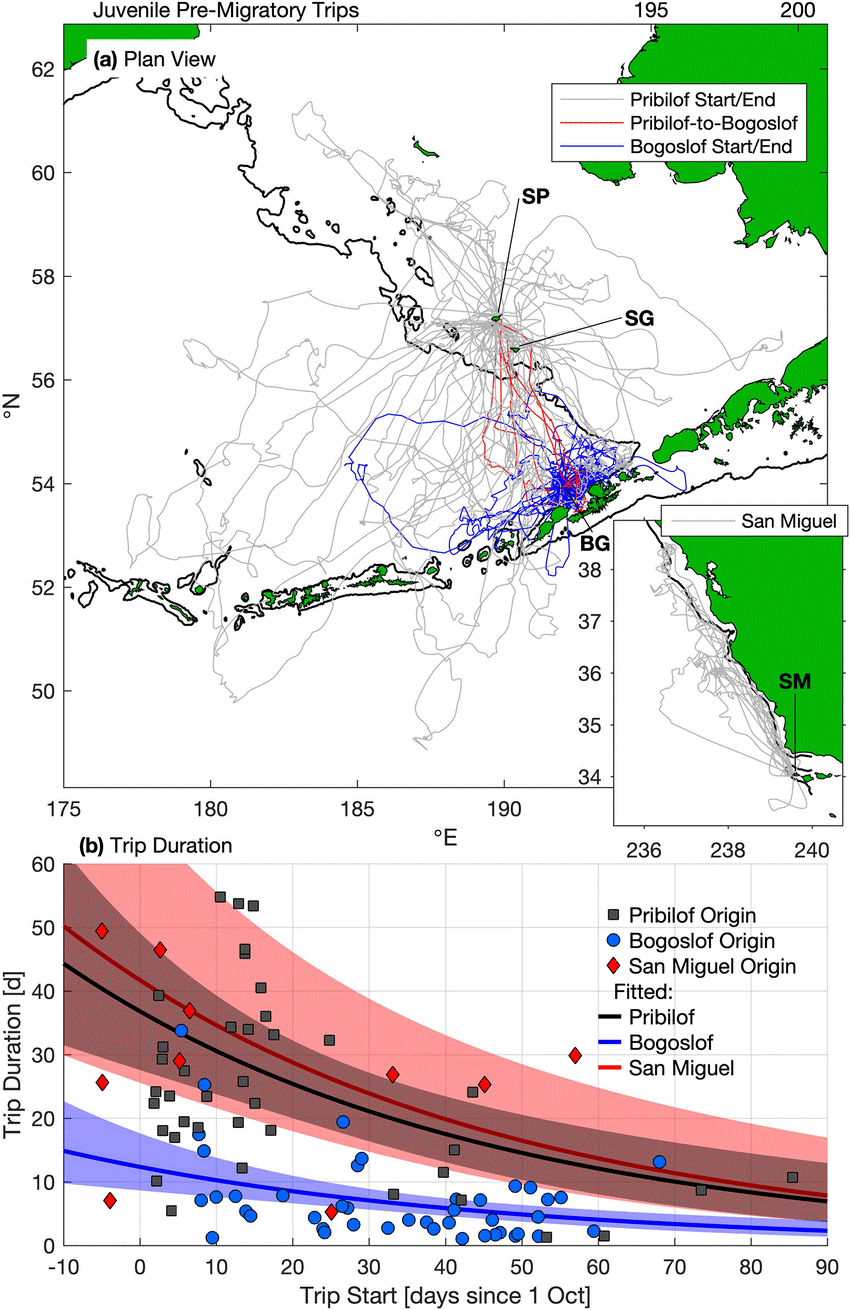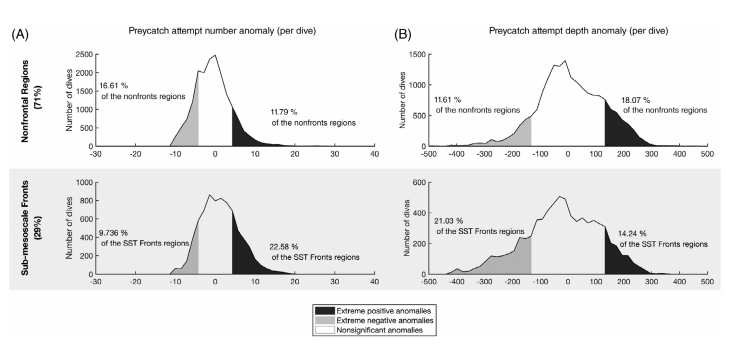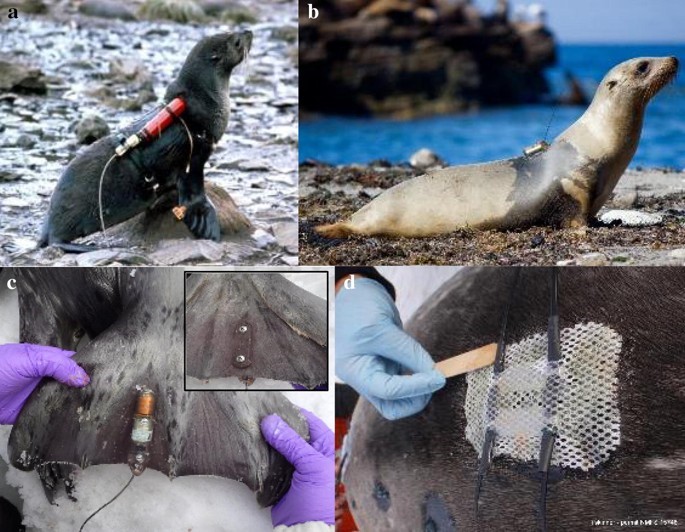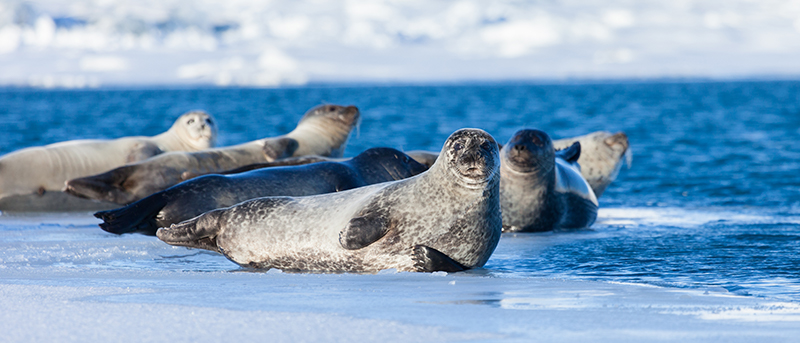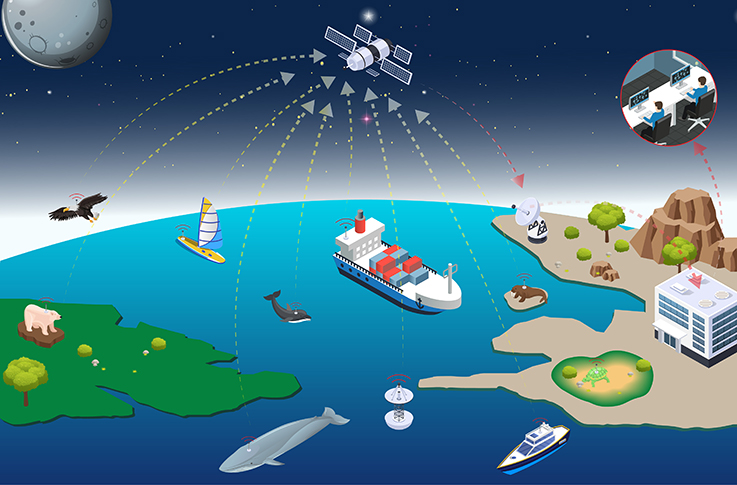Modelling the Movement and Spatial Distribution of Humpback Whales in the Nearshore Waters of the Kimberley
46 Wildlife Computers SPOT tags were deployed on humpback whales between 2008-2011. The purpose of the project was to compile and analyze all the existing survey and tracking data on humpback whales to build a clear picture of the distribution, abundance, movements and habitat use in the...

